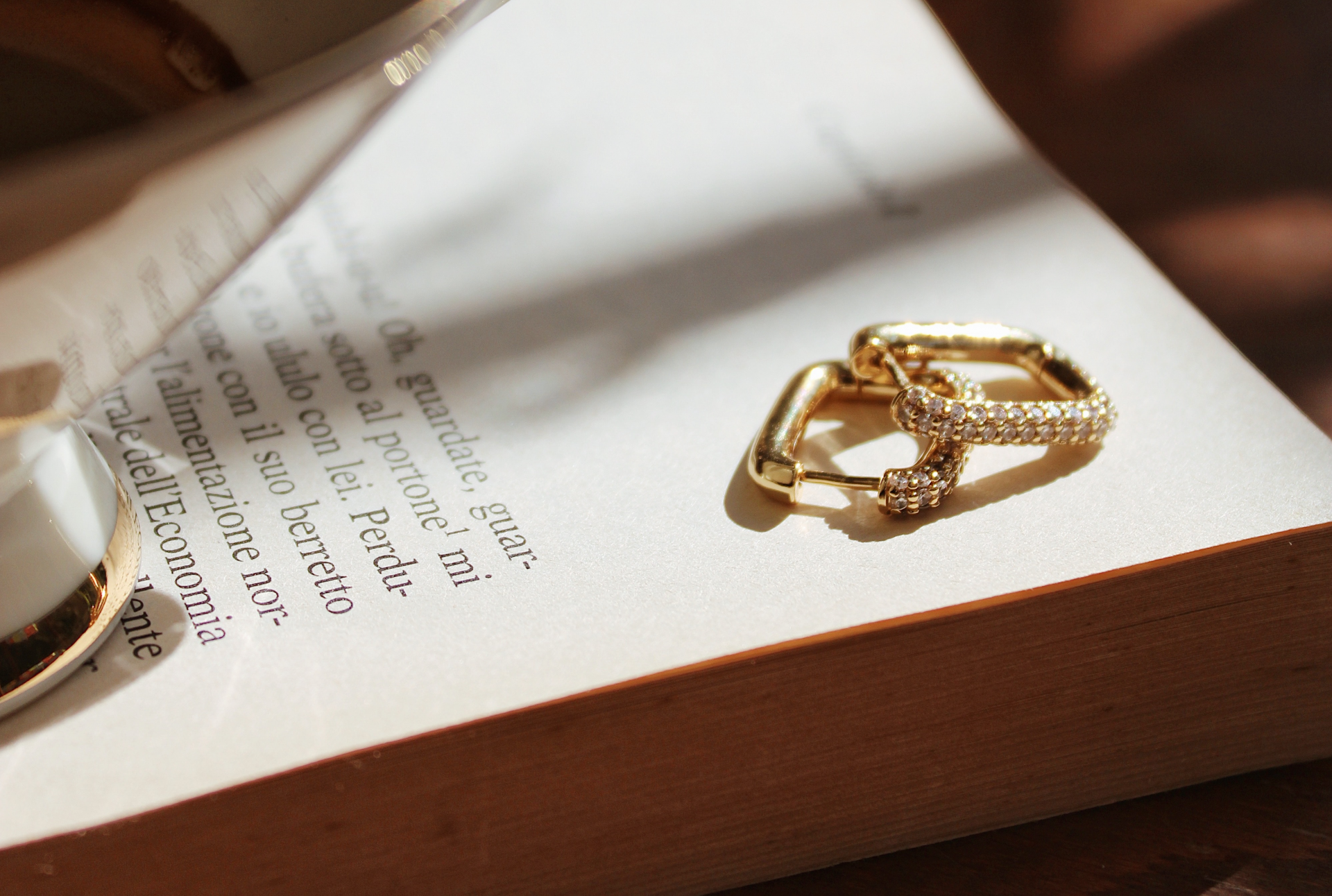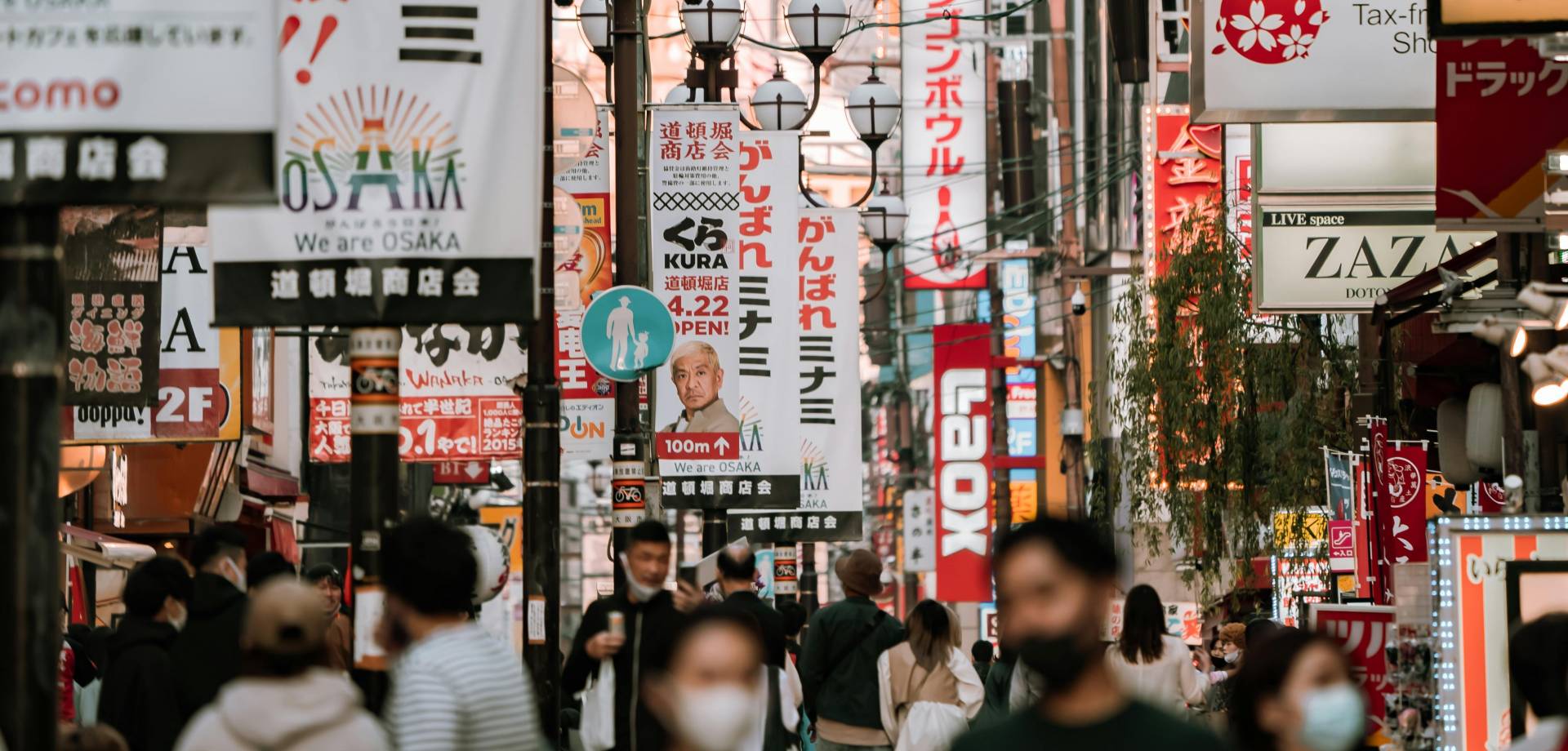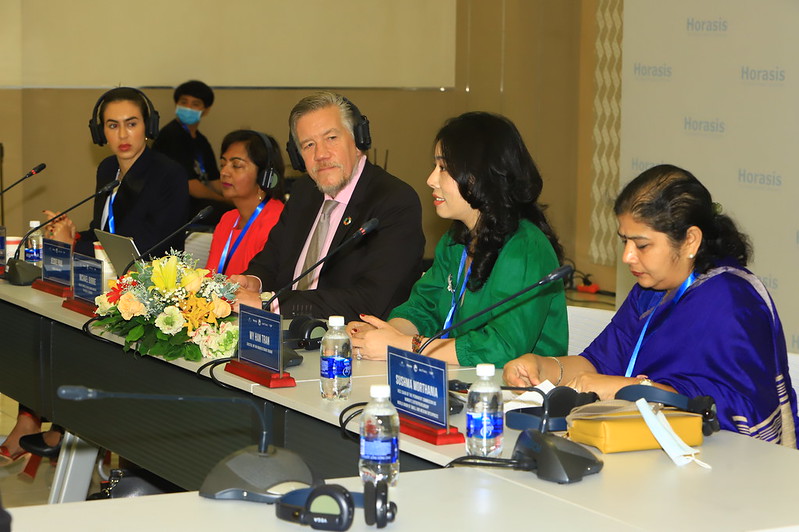What Does It Take To Make the Jewelry Industry Circular?
While there has been a lot of attention on circular fashion, the jewelry industry has yet to see much focus on the matter.
Gold mining accounts for 145 Mton CO2 emitted per year, equivalent to more than double the annual CO2 emissions from bitcoin mining, for instance. And close to the 220 Mton CO2 emitted yearly by the cotton industry. Nonetheless, initiatives to support circularity in jewelry, which makes up 50% of annual gold demand, are still to catch up.
The easiest and fastest way to slash the environmental impact that comes from this inherently extractive practice of mining from the earth, is to boost recycling efforts across the global industry.
Recycling gold is not nearly as difficult a solution as in many other industries; gold is infinitely recyclable without any loss of quality. Yet, surprisingly, recycled gold makes up less than a third of the global supply.
To completely abolish mining the most valuable metals on the planet is unlikely. However, substantially increasing recycled gold’s industry share is not a pipe dream. Here’s what the jewelry sector can do to increase circularity and meet the needs of today’s conscious consumers.
Recycling More Gold—Is It Possible?
Gold doesn’t tarnish or decay, so all gold that’s ever been mined still exists in some form. There’s, therefore, ample supply of gold “stock” to recycle: The World Gold Council estimates that miners have historically extracted 208,874 tonnes of gold. Stock that has expanded in line with the jewelry industry’s growth over the last few years.
While the wave of hype around the gold extractable from e-waste looks promising at first glance, it’s still only a really small share of the total recycled gold supply. Recycling gold is most accessible from “high-value sources,” such as jewelry—and 90% of recycled gold comes from recycling unworn jewelry.
The primary reason for this is that it has low-tech requirements: heating and melting. This means that jewelers can recycle gold on a small scale, shrinking the value chain with smaller and less complex equipment.
To begin with, gold undergoes a sorting process based on its quality, typically measured in karats, and after being subjected to approximately 1000°C, the intense heat eliminates impurities to attain its purest form.
Once the gold is in a liquid state, it becomes highly malleable so that independent artisans can shape it into any new form bespoke to the consumer.
It is, in other words, a fairly straightforward process and a much shorter recycling value chain than most other consumer products. And with simple approaches and the vast amount of gold already in circulation, recycling more is definitely doable.
How To Boost Recycling Rates
Amidst a global cultural shift towards circularity, the jewelry industry has a real opportunity to increase the supply of high-value gold for recycling and tap into all that stock—which means getting customers to recycle more.
In the past, consumer-driven gold recycling has been influenced by factors like the gold price and the macro environment. However, despite historical figures indicating that gold recycling typically increases during financial crises, consumers have often refrained from recycling their jewelry. Here are the main blockers to recycling more gold, and what’s needed to increase the rate of gold recycling across the jewelry industry.
Retain Sentimental Value
The primary blocker for getting consumers to recycle their jewelry, is the sentimental value attached to it. Jewelry pieces that are linked to important life moments or have been passed down for generations aren’t items consumers readily wish to part with. However, quite often, many jewelry pieces sit at the bottom of drawers or jewelry boxes, gathering dust. While consumers might not want to lose the emotional connection with the items, they don’t wear them because they don’t fit their style, or in other cases, the preloved pieces are simply forgotten or damaged.
In these scenarios, jewelers can help encourage recycling by offering to repurpose the gold from an existing piece, allowing consumers to retain emotional value by working directly with the jeweler to create a new personal design from the preloved piece.
Improve Questionable Gold Recycling Opportunities
Traditionally, the channels for selling unwanted jewelry were limited to pawn shops and ‘cash4gold’ sites. These avenues don’t fit the expectations of modern consumers for safe, convenient, and trusted services in line with their values, and there is a need for more transparency on how the gold is eventually recycled.
Modern jewelers and refineries can change this perception by providing safe, transparent, and easy recycling processes to create confidence in the recycled gold process. These procedures include informing the consumer about how gold recycling works, the market value of different karats of gold, and to whom the gold is eventually resold onto.
Educate Consumers on the Value of Gold
Many consumers don’t realize the value of their preloved jewelry pieces—particularly if they seem old-fashioned or damaged to them. However, old or new, the gold jewelry is made from holds significant commodity value.
More to the point, the gold price peaked in 2023, meaning it has never been higher than it is now. This means that the value of consumers’ unworn jewelry is also at its maximum to date. Educating consumers on this could incentivize them to bring their once-loved pieces in for recycling.
Traceability: The Necessary Enabler of Recycling
Traceability is a necessary enabler of circularity. But following the exact footsteps of each gram of gold is tricky with current supply chains; the gold tends to be mixed, and traceability is lost the more processing steps it goes through. Where exactly does the gold, labeled as ‘recycled,’ come from? And how many different sources of gold has it been blended with throughout the recycling process? The solution to answering that starts with better tracking—and the latest technologies can help.
For example, applying blockchain technology to gold tracking through the supply chain could enable more trusted and verifiable traceability, which would allow for easier repairs and recycling. Events recorded on the blockchain cannot be modified or deleted; this immutability would provide consumers—and jewelers—with secure, trustworthy ledgers of provenance.
However, there’s still a long way to go for all gold to be fully traceable—and for the needle to really move on this topic, gold mining, refining, and recycling companies all need to put the technology to use. This change doesn’t happen overnight, but we’re fortunately starting to see some significant transformations across the industry in this direction. For example, one of the world’s largest jewelry makers, Pandora, pledged to ensure that by 2025, 100% of the gold and silver used in its pieces will be recycled, some of which will be sourced from e-waste.
And while increasing recycling rates of gold and bringing down CO2 emissions from gold mining will have a significant impact, even more is at play here. Given the relative accessibility of recycling solutions and the pre-existing patterns of consumer behavior, the jewelry sector has the potential to become a blueprint for a truly circular, closed-loop economy. Not just for the jewelry pieces it produces but for many other consumer products. It has a unique opportunity to catalyze a real cultural shift, and pave the way for more conscious consumption of the products that make our lives better.



